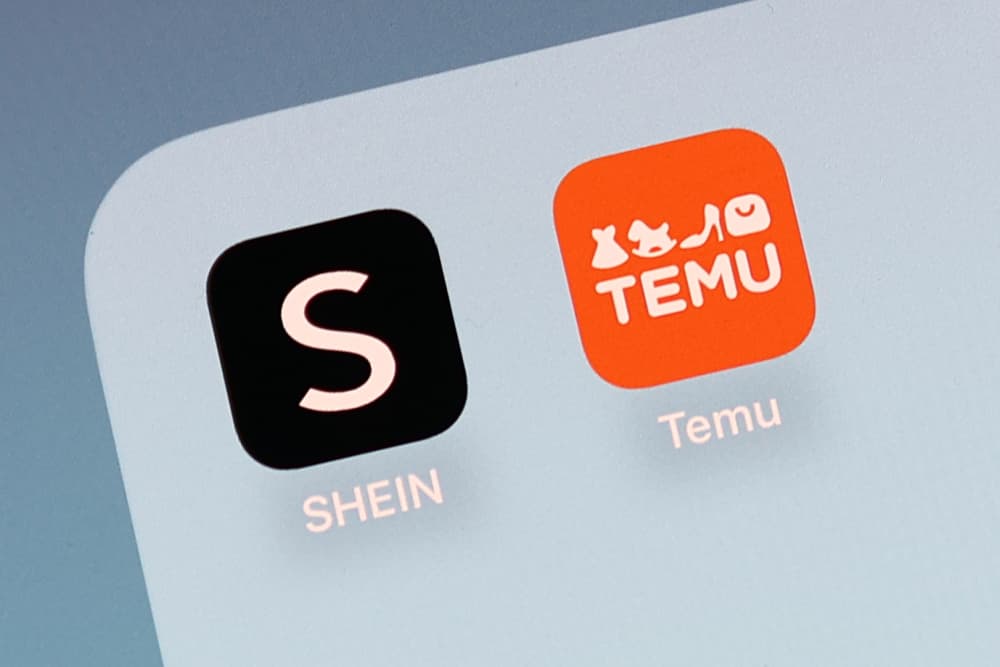This was after massive client backlash against Microsoft over the prices of its new AI-powered features. The technology giant had to revisit its pricing strategy as the costs of allowing advanced AI tools to be integrated into the software suite became too steep for businesses and consumers to cope with. This change comes as companies of the entire tech industry grapple with ways to balance their investments in AI with affordability for users.
Challenges in Pricing AI Integration
AI features, especially in products like Microsoft 365 and Azure cloud services, are seen as a crucial step in Microsoft’s moves to take the lead in artificial intelligence. However, the high price tag that was slapped on with AI upgrades shocked most users in the process. As a cost increase, small and medium-sized businesses voiced concerns over affordability as an obstacle toward embracing these tools.
“Microsoft’s pricing didn’t account for the budgets of many smaller businesses,” noted one tech industry analyst. “While AI is a valuable tool, the initial pricing didn’t align with the needs of a diverse user base.”
Customer Feedback Sparks Reassessment
In response to customer concerns, Microsoft has signaled that it will revisit its AI pricing strategy to make these features more accessible. This is reflected in both public statements and direct communication with the company. Users are voicing that while AI technologies offer a plethora of capabilities, there is also the cost paid in having to do so, and today’s competitive software market just doesn’t make that possible.
The willingness of the company to change tack with regard to its approach reflects that the organization’s perception of its customer base precipitates a need for a pricing model that does not obstruct but rather promotes the mass adoption of AI.
Balancing innovation and accessibility
With the turn towards Microsoft, innovation needs to be balanced with affordability. While the integration of AI is expensive for companies in terms of the development and maintenance required, with AI technology becoming an integral part of productivity tools, the expectation for affordability from customers increases. Industry experts feel that companies will have to move toward a flexible pricing model with tiered options catering to various user groups-from large enterprises to individual consumers.
“Microsoft is learning that innovation must be paired with accessibility,” commented a market strategist. “To make AI ubiquitous, tech companies will have to ensure that their pricing structures allow both big and small players to participate.”
Implications for the Broader Tech Industry
Microsoft’s experience with AI pricing may serve as a lesson for other tech companies entering the AI market. As competitors, including Google and Salesforce, roll out their own AI-powered tools, Microsoft’s recalibration could set a precedent in the industry, encouraging companies to consider more user-friendly pricing models. The focus may now shift to offering flexible pricing, subscription packages, or pay-per-use options that democratize access to AI.
Analysts suggest that by listening to customer feedback, Microsoft is fostering loyalty and potentially boosting long-term adoption rates. “Affordable AI could be a major selling point, and Microsoft’s adjustment is an opportunity to build trust with its users,” said one tech analyst.
Looking Forward
Microsoft’s move to reconsider AI feature pricing indicates the company’s commitment to making advanced technology accessible for a wider audience. As the tech industry continues to explore AI’s potential, Microsoft’s experience highlights the importance of listening to users and adapting pricing to meet diverse needs. This response could reshape how AI tools are marketed, making AI an integrated, affordable part of everyday software solutions.




